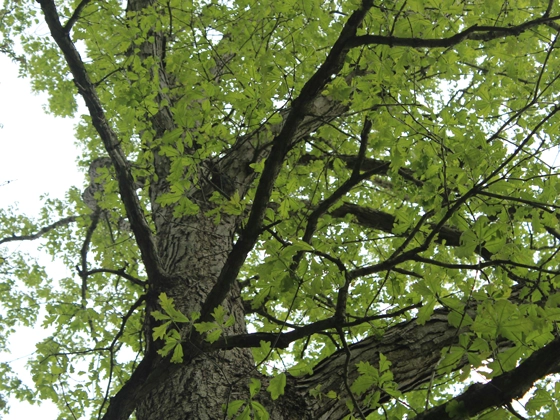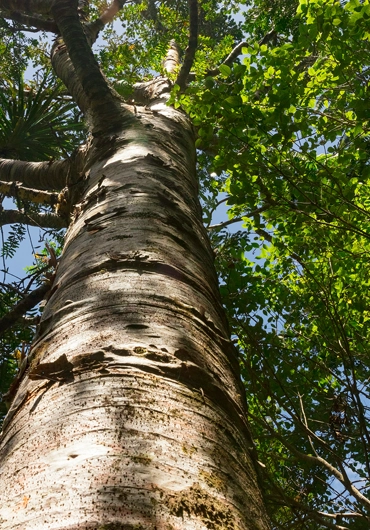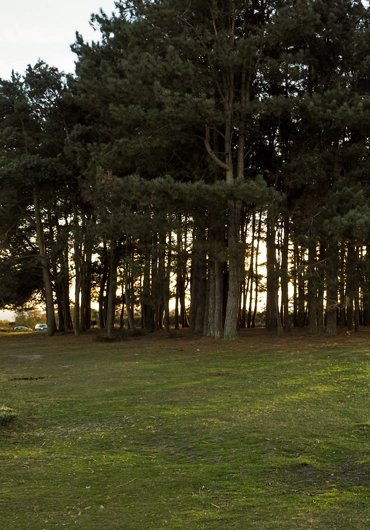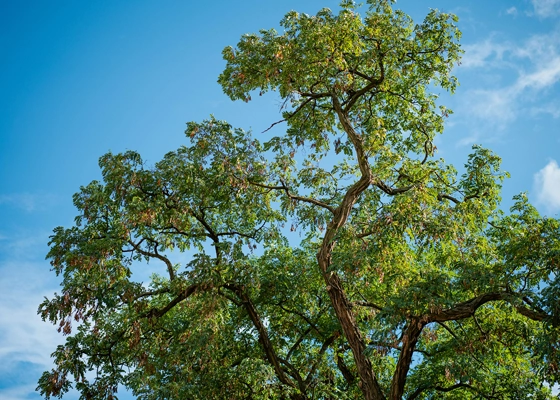
Selective clearing that preserves trees and improves safety.
Vegetation service reduces fire risk, restores sightlines, and keeps corridors maintainable. We start with a site walk to flag keep-trees, property lines, utilities, and access routes, then define defensible-space targets and clearance goals for roads, driveways, fences, and structures. To minimize soil disturbance, equipment is right-sized—mowers, brush cutters, or compact forestry heads. Desirable trees and habitat features are protected, while brush, vines, and ladder fuels are selectively removed. Debris is chipped for mulch where appropriate or hauled off cleanly.
Execution is methodical and low-impact. Crews work across contours on slopes, open culverts, and swales, and leave markers visible for inspections. Invasive patches such as blackberry or broom are cut back and suppressed with follow-up schedules to limit regrowth. We coordinate seasonal windows, noise hours, and access with owners, HOAs, or facility teams, then document progress with photos when helpful. The result is a safer, cleaner space that stays manageable and ready for maintenance or upcoming projects.
Unmanaged understory, vines, and ladder fuels escalate fire behavior, block access, hide hazards, and drive up maintenance costs. Routine vegetation service restores safe spacing, visibility, and defensible areas so properties stay compliant and workable year-round.

Tall grass, vines, and low branches connect ground fire to crown fire, carrying embers toward structures. During peak wind and temperature events, creating horizontal spacing, vertical separation, and clean chip handling reduces ignition pathways and heat intensity around homes, roads, and facilities.

Brush narrows driveways, trails, and easements, disappearing sight triangles at intersections. Delivery trucks, school buses, and emergency vehicles lose clearance, risking citations or liability. Selective reduction restores required offsets from roads, fences, hydrants, and signage so movement—and inspections—can proceed without surprises.

Overgrowth conceals stumps, holes, and debris that damage equipment and injure pedestrians. Crews work slower, invoices grow, and rework follows. Scheduled vegetation service exposes hazards, stabilizes work rates, and prevents repeated mobilizations for simple tasks like meter reads, fence repair, or drainage checks.

Blackberry, broom, and ivy outcompete desirable plants and rebound aggressively after one cut. Without follow-up, the seed bank wins. Targeted removal, suppression cycles, and smart mulch use limit resprouts, keep corridors maintainable, and prevent properties from slipping back into constant emergency cleanups.


At CBC Tree Services Inc., vegetation work follows a measured plan that protects trees, utilities, soils, and schedules.

We walk the property to flag keep-trees, utilities, boundaries, and habitat features. Then we set spacing goals for roads, drives, fences, and structures, aligning with defensible-space guidelines. A simple map defines access routes, staging pads, chip/haul plans, and inspection checkpoints.

Compact tracked mowers, brush cutters, and forestry heads are sized to terrain and gate widths. Ground mats protect sensitive roots and hardscape, while staged passes prevent ruts and soil displacement. Debris containment keeps chips out of beds and drainage lines, keeping production predictable.

We remove ladder fuels, vines, and saplings while preserving structural trees and the beneficial understory. Invasive patches are cut back and suppressed with follow-up cycles, smart mulch use, and targeted re-entries, reducing aggressive regrowth without sacrificing canopy health or future access.

Culverts and swales are opened, sight triangles restored, hydrants and signage cleared, and markers kept visible for inspectors. Chips are spread thin where useful or hauled off. We finish with a rake-out, access sweep, and photo documentation so maintenance stays simple.

A maintenance rhythm that keeps growth in check.
Vegetation service works when it’s designed as a cycle, not a one-off cut. We begin by setting spacing targets (horizontal and vertical), identifying recurring problem zones, and choosing tools that limit soil compaction so corridors remain usable after the crew leaves. Keep-trees and habitat features are protected; ladder fuels, vines, and opportunistic saplings are reduced without scalping the site.
Material handling shapes outcomes. Chips are contained and either hauled or spread thinly, useful for dust and erosion control. They are kept out of swales and pulled back from structures and trunks. Edges—fencelines, hydrants, gates, meter paths—get special attention so inspectors and maintenance teams can move through without repeated callouts.
Invasive suppression requires intent. Blackberry, broom, and ivy are decisively cut back and then scheduled for targeted re-entries before regrowth hardens. Where appropriate, mulch is used as a physical barrier; where visibility matters, debris is removed to keep lines clean for enforcement and safety checks.
Seasonal cadence:
The result is a predictable, maintainable space—safer, cleaner, and ready for inspections or the next trade.
Safer spacing, better sightlines, clean handoff.
Selective reduction removes ladder fuels, vines, and overgrowth while preserving structural trees and habitat features. We map, keep/remove zones, utilities, and access, then right-size equipment to limit soil disturbance. Chips are contained—spread thinly where applicable for dust control or hauled cleanly—so grades, culverts, and inspection markers stay visible. The outcome is defensible space and clear corridors that remain workable after crews leave.
Long-term control comes from cadence, not a one-time cut. We set seasonal re-entries, target invasive patches before regrowth hardens, and keep hydrants, signage, and fencelines accessible. Photo documentation, COIs, and simple notes support HOAs, facilities, and inspectors. You get predictable maintenance, lower risk during peak fire weather, and a manageable landscape.
Schedule fire-smart vegetation service today. Call 510-957-8733 or email office@cbctrees.com for a free, no-pressure on-site assessment and a clear plan aligned with your spacing, visibility, compliance, and maintenance goals.

Our commitment is to keep projects safe, predictable, and high-quality from the first site visit to the final cleanup.

Clear scopes, straightforward options, and pricing you can validate. We explain access limits and disposal plans up front, then follow the agreed plan without surprise add-ons or vague line items.

Every job starts with a hazard review and role assignments. Crews use PPE, controlled drop zones, and industry-approved techniques to protect people, utilities, roofs, and neighboring properties throughout the work.

Compact lifts, cranes when required, and calibrated rigging allow precise control in tight spaces. We plan rope paths and anchor points to move wood safely without shock loading or collateral damage.

Ground mats, plywood shields, and careful staging protect lawns, beds, and hardscape. Debris is chipped or hauled, surfaces are blown clean, and we leave the area ready to use immediately.

Realistic timelines, confirmed arrival windows, and updates if conditions change. You will know who is coming, what they will do, and when the site will be finished and cleared.

Familiarity with protected-tree rules across East Bay cities helps projects proceed smoothly. We point you to the right forms, coordinate details, and align work plans with municipal requirements.

Brush is chipped for reuse when appropriate, logs are directed to responsible processing, and sites can keep mulch on request. We minimize waste and keep disposal pathways compliant.

Certificates of insurance available on request, plus photo documentation when helpful. Walkthroughs at completion ensure the scope was met, concerns are addressed, and expectations match the delivered result.
Call Us Today for More Information
========== o r ===========